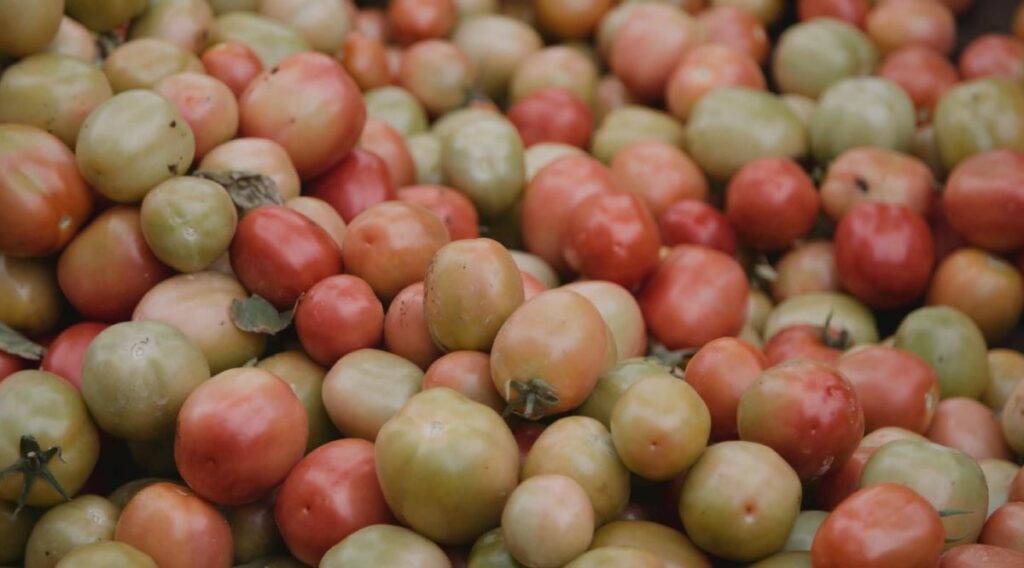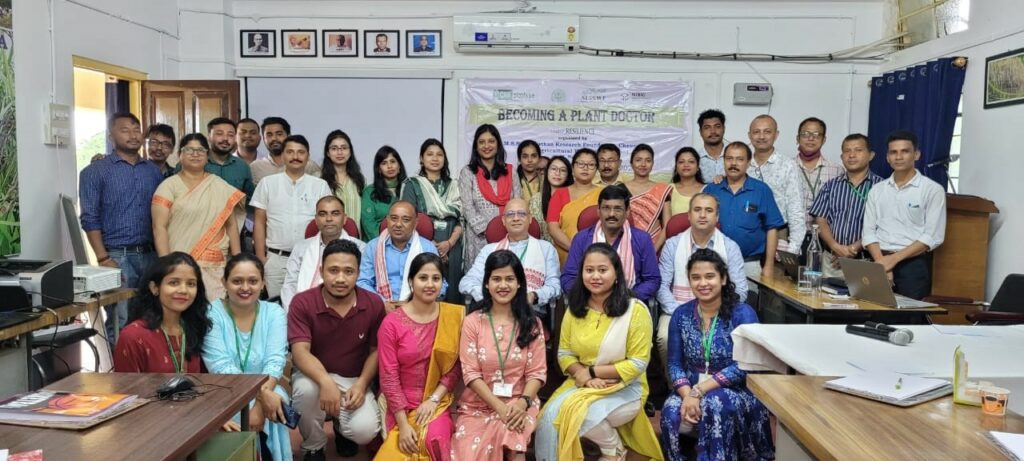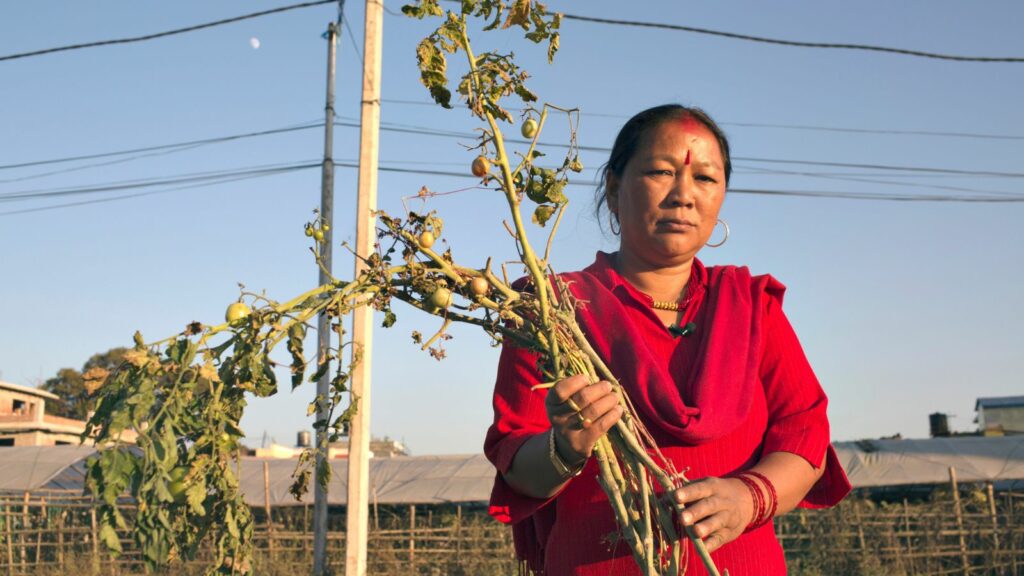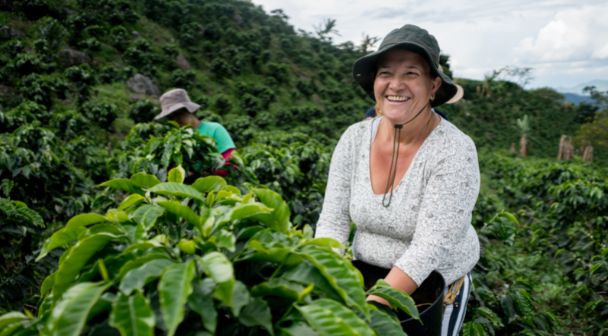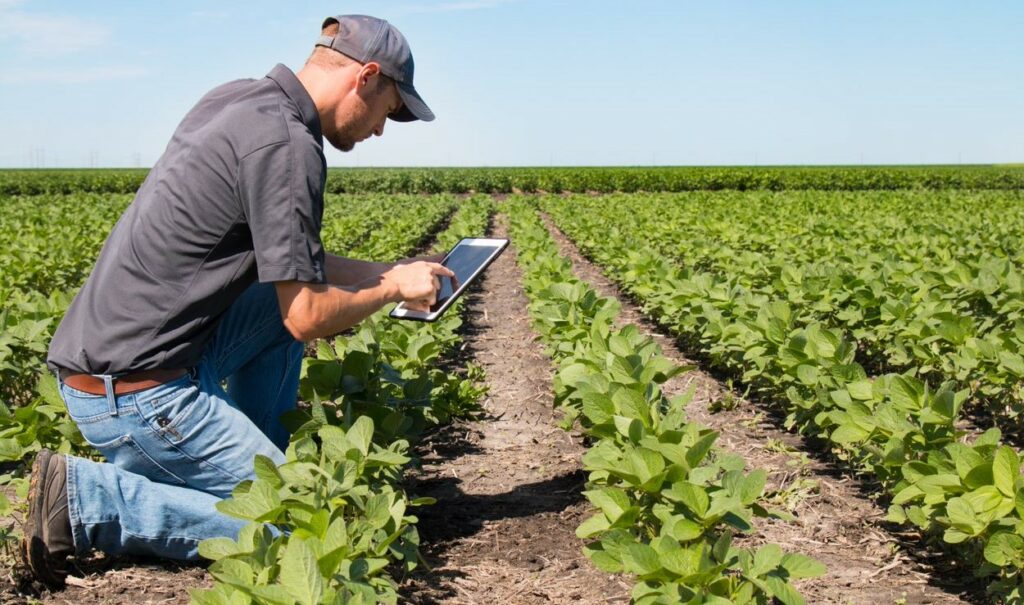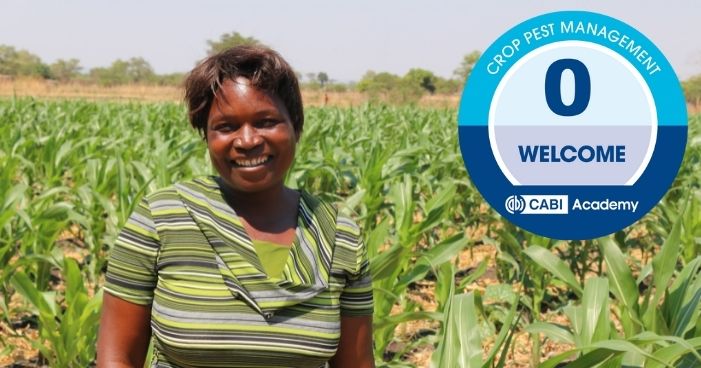Tomato pests and diseases
Tomato is a popular and extensively cultivated crop due to its high potential to generate profits for smallholder farmers. However, there are a number of tomato pests and diseases that have the potential to severely diminish yields. Here we highlight four tomato pests and diseases to look out for.
Apply now for an online course on Integrated Crop Management
Applications for two new Certificate of Advanced Studies (CAS) in Integrated Crop Management (ICM) are now open. CAS 2: ICM – Aspects of Implementation and CAS 3: ICM – Biological Control and Ecosystem Services, are the latest courses launched as part of a set of online programmes developed and run by CABI and the University…
Agricultural mobile apps strengthening agricultural extension
CABI’s range of agricultural mobile apps provides a way for smallholders to access up-to-date, real-time information, either first-hand or through advisory services. Smallholder farmers across the world need access to agricultural advice so their crops are less susceptible to pests and diseases. Extension and advisory service workers are important for communicating science-based solutions with communities,…
4 pests and diseases of maize
Maize is an important crop, grown by smallholder farmers around the world. It is a staple food in the diets of millions and is vital for food and economic security. However, there are a number of pests and diseases that attack maize and limit yields. Below we outline four pests and diseases of maize and…
Spotting and managing Spodoptera armyworms
Armyworms are the larvae of Spodoptera moths. There are over 30 different species of Spodoptera, which are found all over the world. Although structurally the same, there are differences between species in colour, host plants and geographical distribution.
Free CABI Academy eLearning courses for extension providers available in Rwanda
CABI’s new digital learning platform, the CABI Academy, is now available for free for users in Rwanda. The digital courses are designed for agricultural extension and advisory service providers. They provide important practical advice and resources to participants to grow their knowledge and provide the best possible advice to farmers.
Coffee leaf rust: Spotting and managing Hemileia vastatrix
Coffee rust or coffee leaf rust is a significant problem in coffee-producing regions. Caused by the fungus Hemileia vastatrix, outbreaks can have a devastating impact on crop yields, rendering coffee cultivation uneconomic wherever it reaches epidemic proportions.

